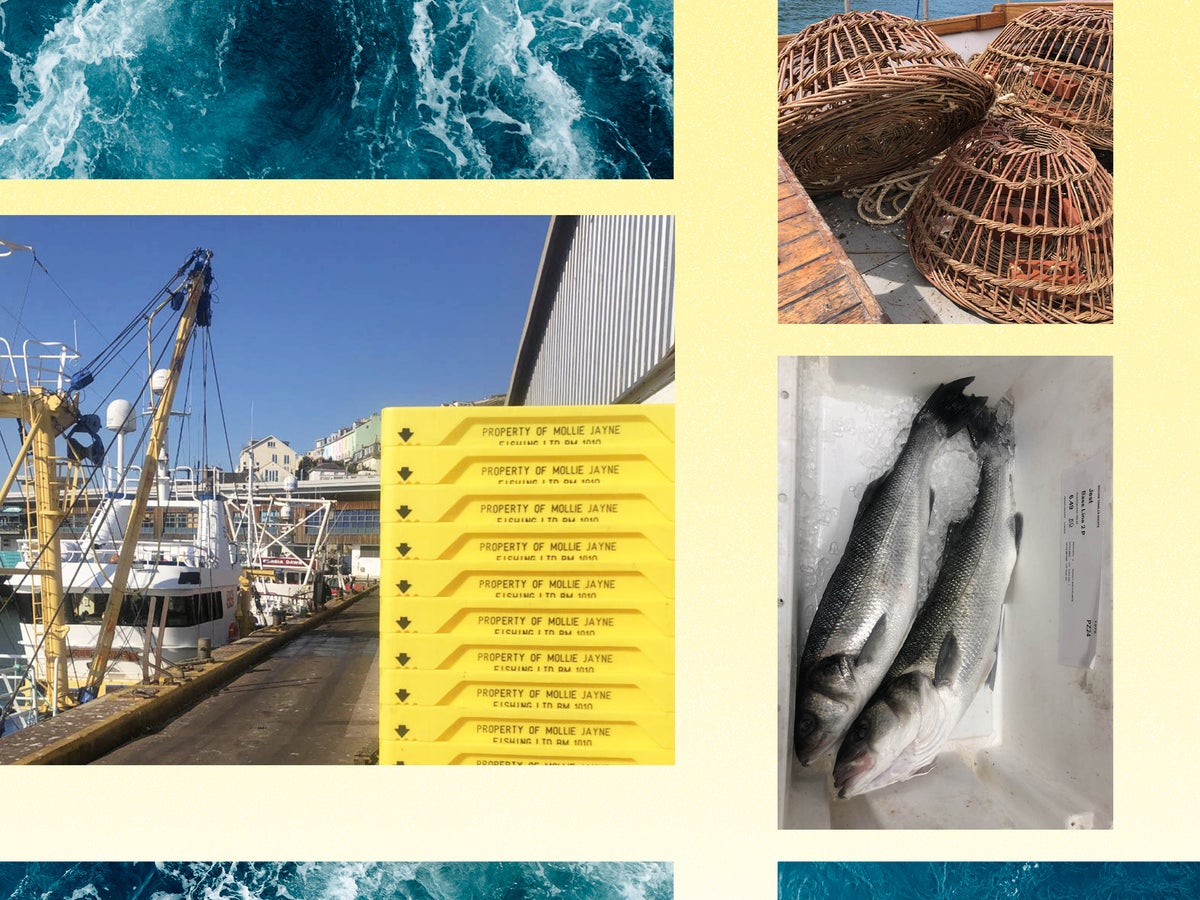
It’s just after 7am and I’m standing inside a chilly Brixham fish market in a long white coat, blue hair net and blue shoe covers, a faint whiff of fish in the air. Under foot, there’s a few centimetres of water on the floor, like one giant puddle. Around us are brightly coloured boxes, laden with fish, ice and labels, ready for porters in white coats to pack before being shipped to their final destination.
There isn’t the normal shouting and hustling you find at most morning auctions. Instead, all you can hear is the “tap, tap, tapping” of a computer keyboard and mouse. That’s because this fish market is digital.
Like many other food and drink businesses that rely on face-to-face interaction, during the pandemic some fish markets turned to the internet to survive. For some, it became their sole lifeline. Newlyn fish market in Cornwall took the plunge and went digital in mid-2020 in order to stay afloat after their usual buyers that buy fish for restaurants cancelled all their orders overnight. Luckily, for the hundreds of fishing boats that bring their catch to Brixham market, digitalisation had already been thriving since 2018.
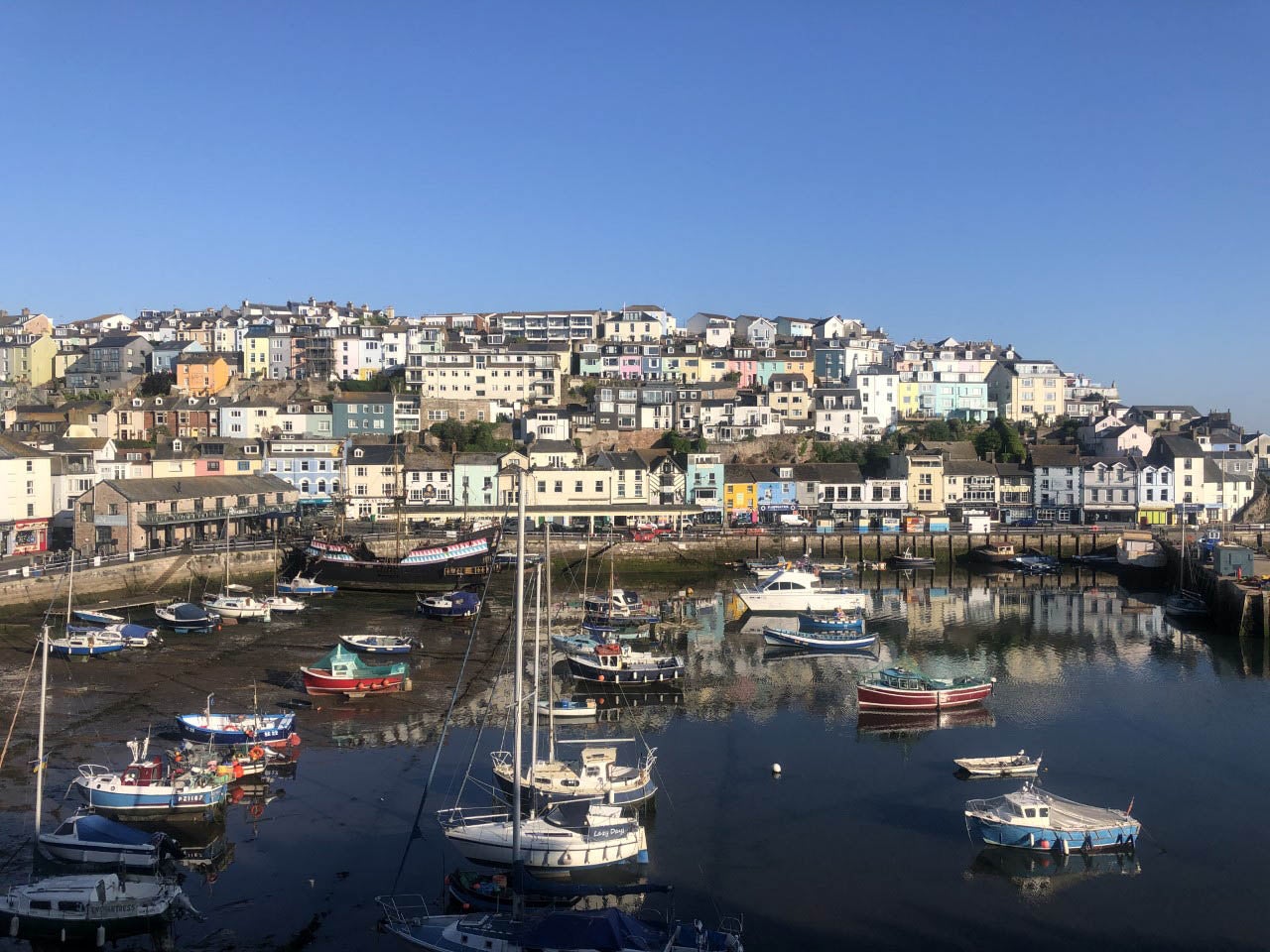
Fast forward three years, and Brixham market landed £43.6m worth of seafood, its best year ever. Here, around 40 different species of fish and seafood are brought in, including lemon and dover sole, squid, monkfish, turbot, cuttlefish, scallops, hake, bass, pollock and plaice. The fleet is a mixture of day boats and larger beam trawlers that can be out at sea for between five and seven days, fishing in the English Channel, Bristol Channel or Irish Sea.
Compared to the original ‘shout’ auctions, the whole system has been reversed... Now you need nerves of steel because if you want the fish, you have to bid the highest first— Mitch Tonks
Josh Perkes, managing director of sustainability at Rockfish restaurant – which conveniently sits on top of the market and is owned and run by chef Mitch Tonks – explains how the digital system, known as Kosmos, works: “It’s all about internet speed and watching the clock. Well actually, I watch one here and one at Plymouth market.”
“It’s basically a bit like eBay, but for fish,” he adds.
As soon as the market opens at around 6am, buyers can scroll through what’s on offer online and start bidding. No one can bid within the first 20 seconds, and prices start higher, so you really need to know its actual worth before you start clicking away, Perkes explains. Every second, the box reduces by 5p.
Ahead of a catch arriving at the market, its loosely split into sizes while still on the boats, and grouped according to species. Once it gets to the market, it’s put through a sorting machine, which grades it by size using a machine.
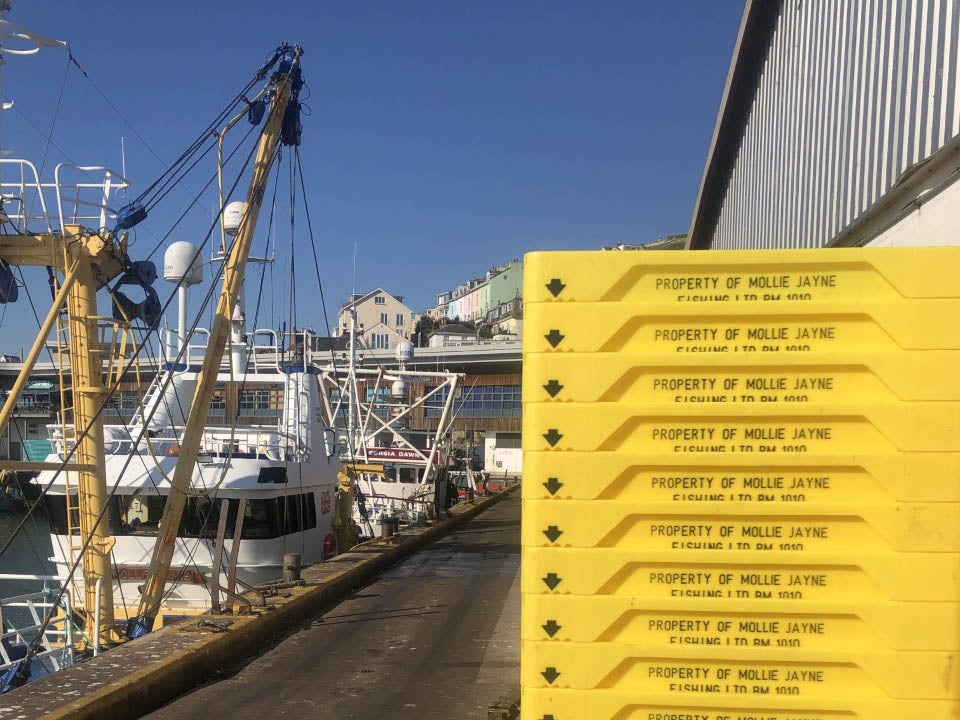
The machine prints a label with the species, size, quality (noting if it’s damaged) and weight of the fish, as well as where it was caught and the name of the boat, as some people keep an eye out for specific fishing crews. All of this information can be seen by the buyers before the start of the auction. “Depending on what’s in season, that dictates what’s on the menus,” says Perkes, unlike supermarkets which ship produce all around the world in favour of year-round availability.
“There is one downside to it all being online,” says Perkes, “and that’s that you can’t physically touch the fish, or see it.” Perkes is the sixth generation of his family to work in the fish industry; his father is a fish merchant and his uncle a fisherman, as are previous generations, so he knows a thing or two about buying fish. Digitalisation has made buying fresh fish so much more accessible.
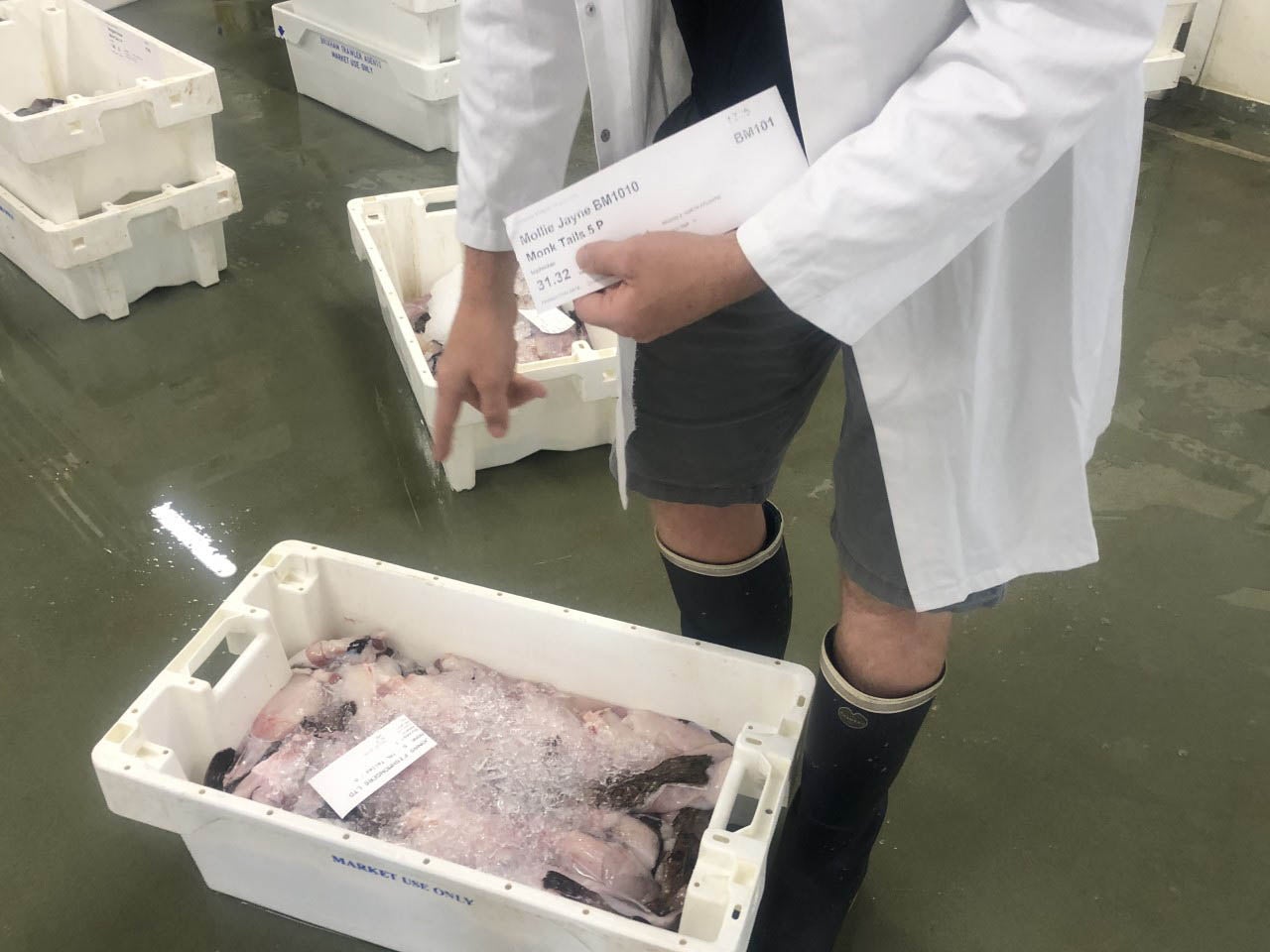
Mitch Tonks, chef and owner of the Rockfish seafood restaurants and The Seahorse restaurant in nearby Dartmouth, says “the market went digital with the aim of opening it up to more remote buyers”.
Compared to the original “shout” auctions, the whole system has been reversed, he explains. “At the shout auctions, the price started low and went to the highest bidder. Now you need nerves of steel because if you want the fish, you have to bid the highest first.”
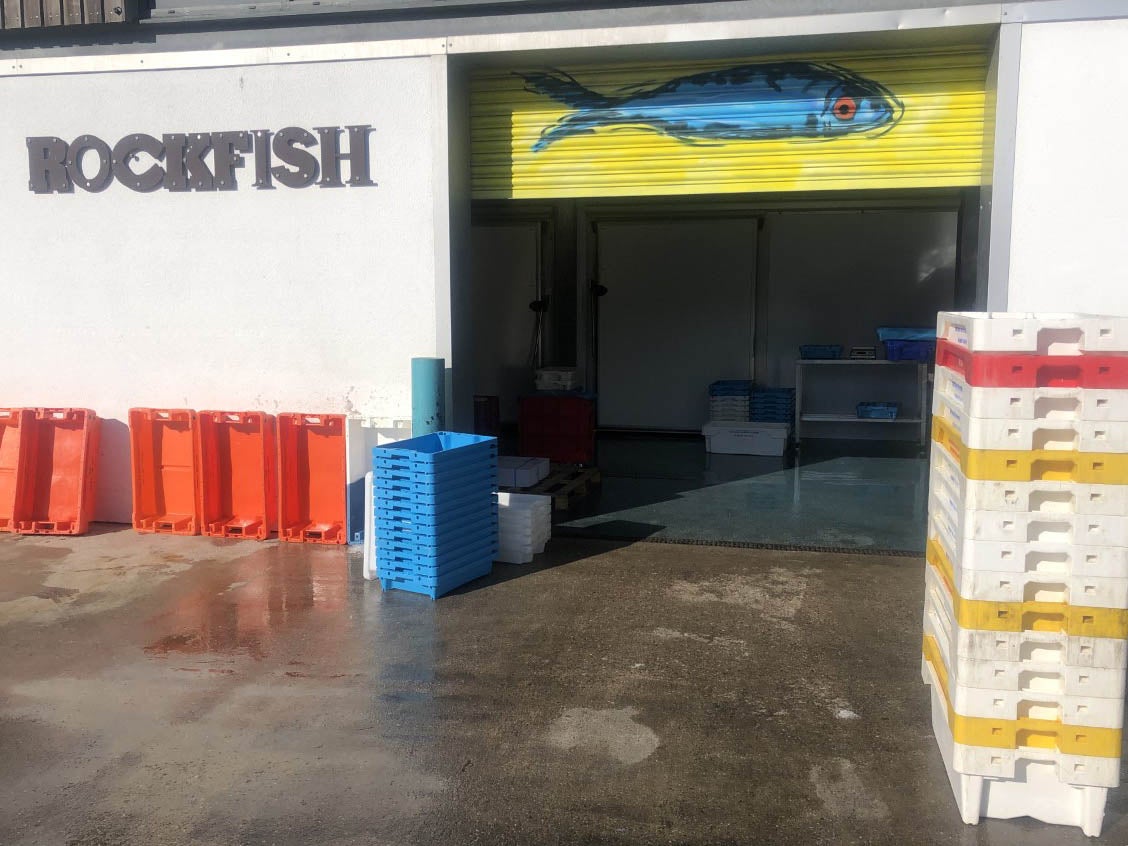
This system allows for the freshest fish to be bought, transported and used, and Tonks says it makes the whole system more sustainable. “It makes better returns for the fisherman, which supports keeping the fleet going and the industry competitive.”
After grant funding was given to buy more plastic pots, those lost at sea continue to trap crustaceans, but there’s no one to collect the catch
When it comes to sustainability, it’s not just about the longevity of the industry, though. Every aspect, from catching and preparing to delivering the fish are considered. Within the market, little is wasted. Any offcuts, such as ray heads (the fish sells better without it), damaged or unsellable fish are given back to the fishermen to use as bait.
One local using this method is Sarah Ready, otherwise known as the Girly Fisherman on Instagram. Ready supplies Rockfish with her catch and her sustainability credentials are inspiring, as is her own story, which saw her trade in her career as a lawyer, and move from Brighton to Brixham to immerse herself in fishing. Since taking it up full time, it’s also become her mission to make her whole method not only free of plastic, but more sustainable with less impact on the environment.
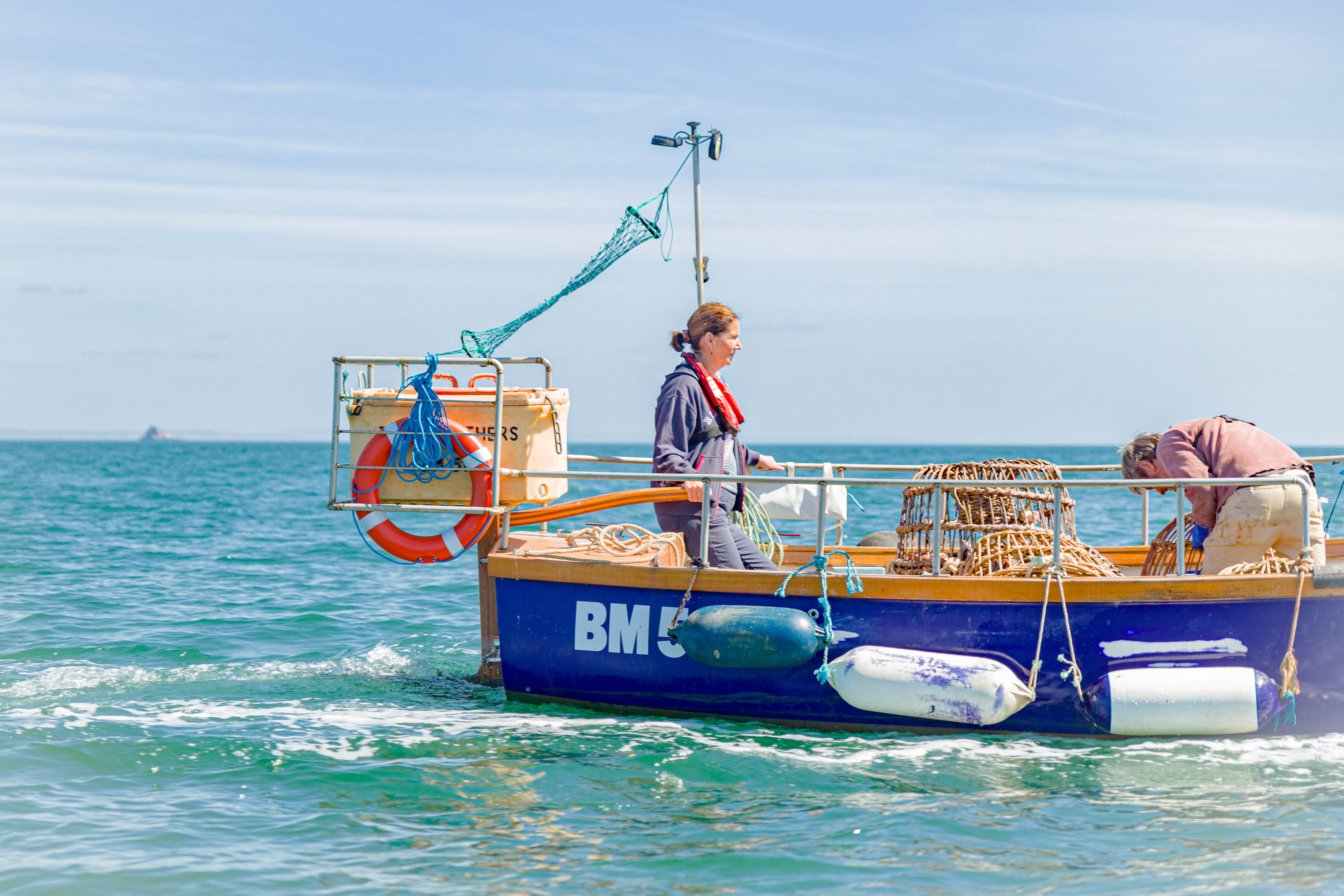
It’s taken some serious commitment to hone her craft. Ready has been training for six years (and researching them for a decade) to make “withy” pots, which are made from willow.
It’s a traditional craft that’s almost been lost, with only six people in the whole country currently making them. These intricately woven pots were recorded in drawings around 400 years ago, according to the Heritage Crafts Organisation, but experts think people had been using them for far longer. These beautiful, ornate looking, yet very robust designs are a far better way of potting for lobsters and crabs, and don’t leave such a lasting impact on the ocean.
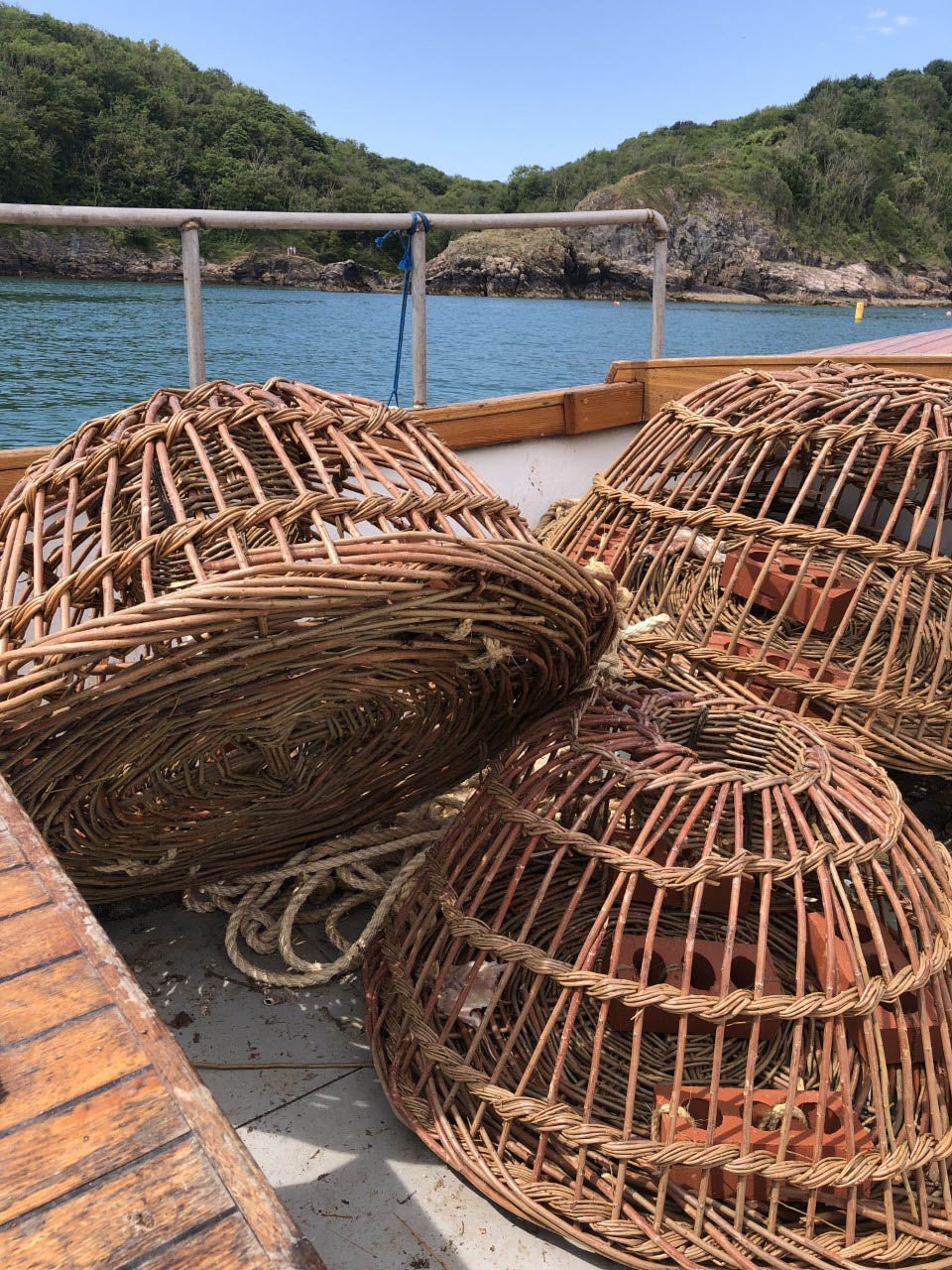
“Up until a few years ago, there was grant funding for fisherman to buy more new pots. These are made of plastic, though, and if they were lost at sea, they actually still pot as no one collects them,” Ready explains.
Now the grants have stopped, there’s an awful lot of plastic pots still out in the ocean. Not only is this a huge amount of plastic waste, but crustaceans are drawn into them, can’t get out, die and then act as bait, encouraging more prey into them. This hugely wasteful cycle continues as long as the plastic pots exist.
The lobsters and crabs Ready does pot end up on the menu at Rockfish, as well as in the company’s new initiative,Seafood at Home. These delivery boxes are chef Mitch Tonks’ latest string to his bow, and were born out of lockdown. He’s passionate about getting people eating more fish. The food boxes enable people all over the country to have the freshest stock from Brixham delivered to their doors, instead of picking up days old and likely lower quality fish at a supermarket.
We take out Ready’s small potting boat with her son Daniel, 20, who has been fishing since he was 14 and works with his parents while also studying. There aren’t many young people fishing in the area, Ready tells me. It’s hard and often unreliable work, and much like farming in the south west, many young people are choosing not to follow in their parent’s footsteps.
At over 6ft 5, he looms over the small boat that can only hold four people. I watch Daniel fill the pots with frozen offcuts as bait. Apparently, they’re best served up as whiffy as possible in order to attract prey. “We have to hang on to it for a while, so it smells,” says Ready, who tells me she has freezers full of the stuff at home.
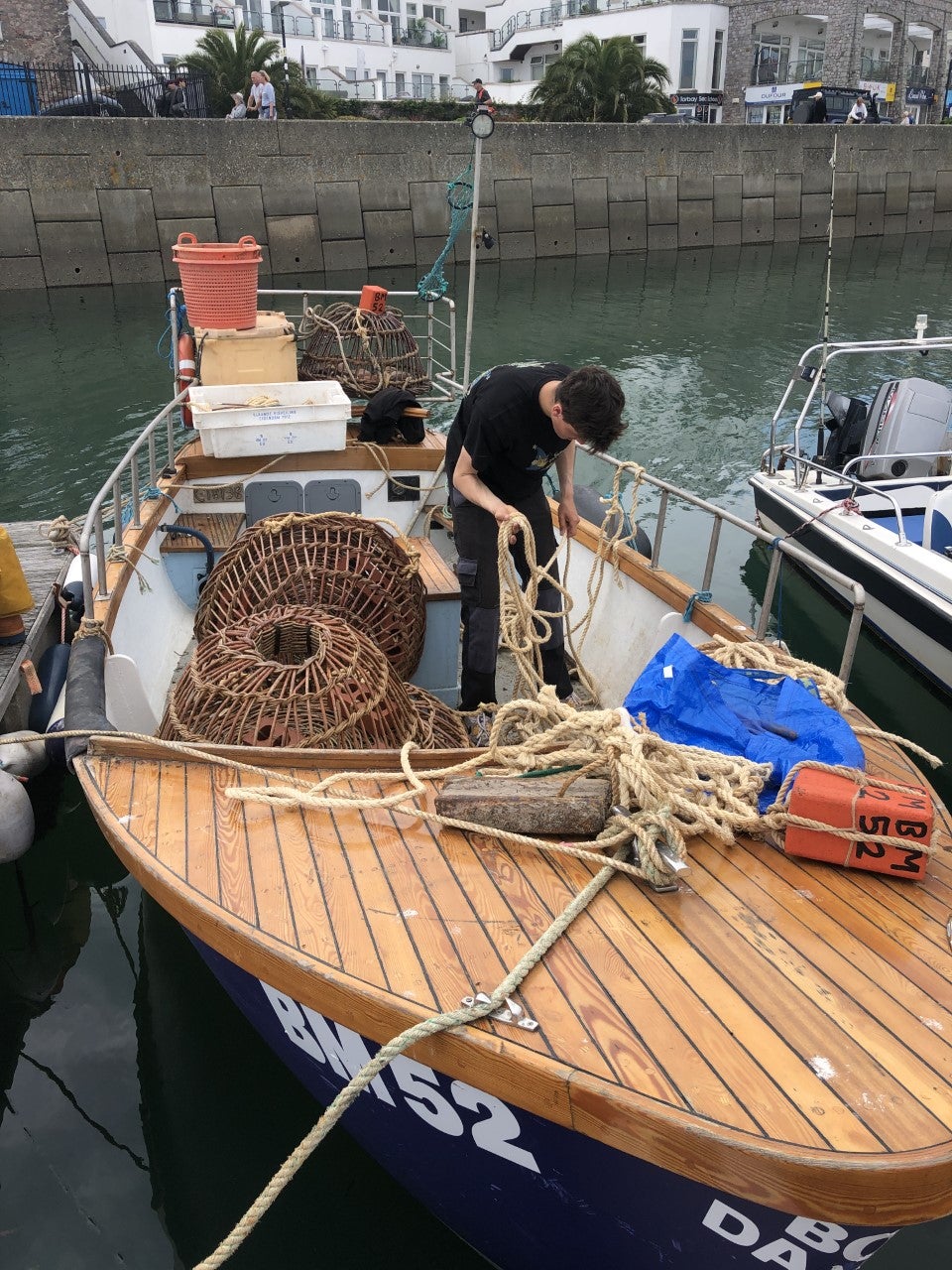
Daniel weighs the pots down with non-plastic yoga blocks. They’re coated in non-toxic paint and connected via a sisal rope, which – you guessed it – is plastic-free, biodegradable and lasts about two years. The pots haven’t been out in three weeks, as Ready’s been recovering from a mastectomy, but she talks positively about how lucky she’s been. The pots have dried out, and therefore become more buoyant, since being out of the water, so need some extra weight to sink.
The team pot fairly close to the marina, and it’s a very non-invasive way of fishing. The seabed isn’t disturbed, and there’s no bycatch. Daniel finds a spot, launches a pot in over the side, and watches to ensure it sinks.
Aside from potting, the family catch other fish too. Ready and her husband recently sold one of their trawler boats in a bid to make way for their new project: Brixham’s first electric fishing boat. The fishing family were specially chosen for this project, which will run entirely on eco power and use biodegradable netting.
As technology continues to make swathes of improvements, we must also continue to look back at traditions that bridge the gaps of the problems we’ve caused ourselves, such as overfishing, plastic pollution and environmental damage.
The future of fishing is bright, but it’s also full of old tricks.





!["[T]he First and Fifth Amendments Require ICE to Provide Information About the Whereabouts of a Detained Person"](https://images.inkl.com/s3/publisher/cover/212/reason-cover.png?w=600)

